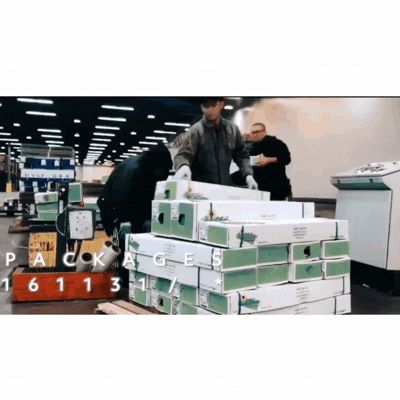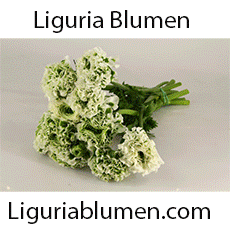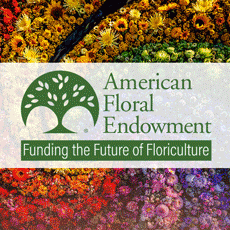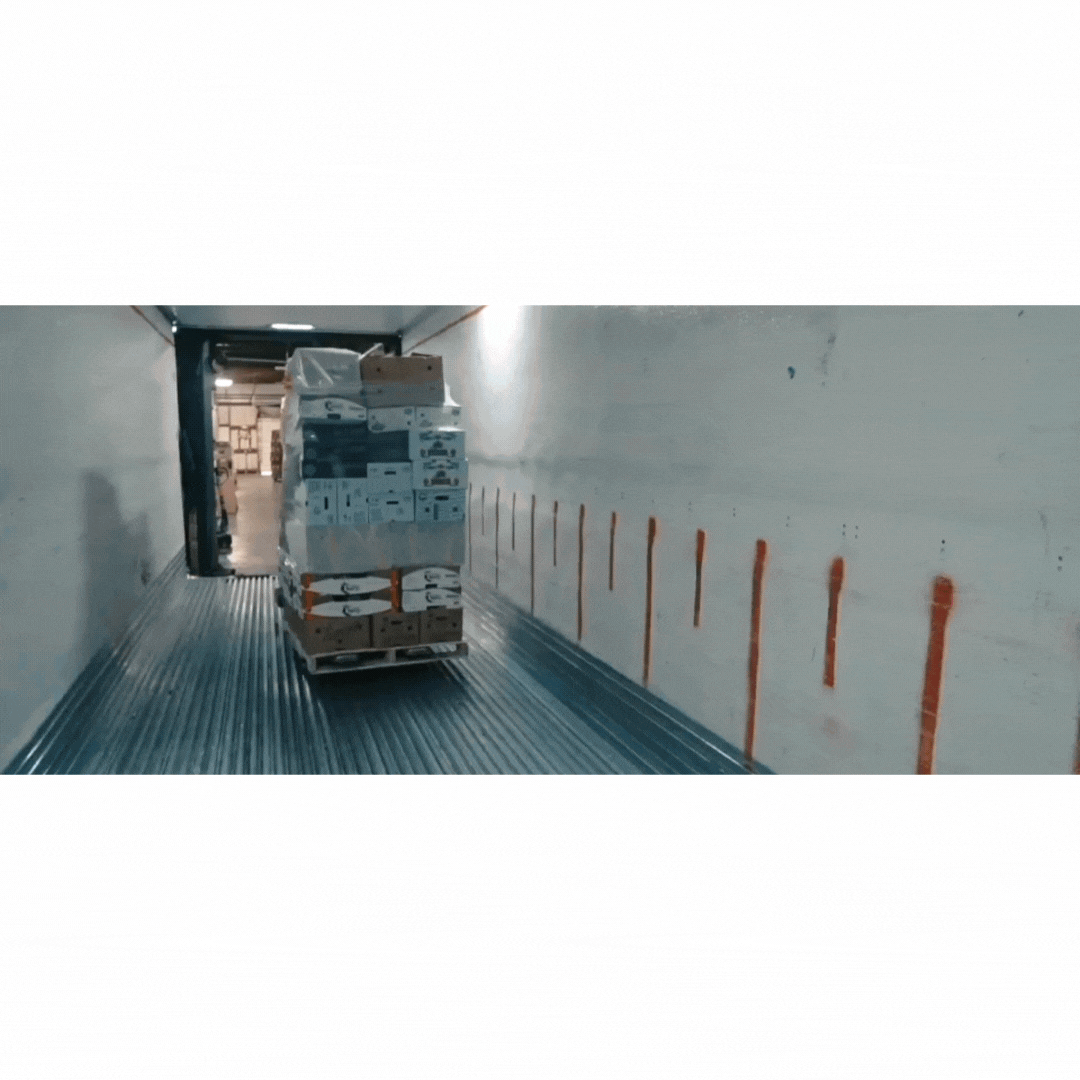Amsterdam, Netherlands November 2022
I was eager to attend the sold-out Sea freight shipping meeting held one day before the IFTF flower expo on the outskirts of Amsterdam.
I have been following the growing number of growers choosing to ship their flowers on sea containers instead of airplanes. A panel of industry representatives from growers to shipping companies talked about the challenges and opportunities of sea vs air.
Shipping flowers by sea has been going on for quite some time now but still only represents about 10% of the total volume exported. The numbers vary greatly depending on the crops, since poms are easier to ship by sea than roses. There are roses being shipped but much work needs to be done before more growers will try.
Covid increased the demand for cargo airplanes, which resulted in limited service and higher cost for flowers. This became a big problem for growers and importers, making sea freight more attractive.
Co2 and sustainability were big topics and sea beats air in this category. More “green ships” are entering the market which will make the Co2 numbers work even better.
The whole concept is that flowers treated properly and kept at 0.5 degrees C or 32.9F will sleep while in transit and arrive very alive. The best scenario is where one grower can load a whole container and have it shipped to one receiver. However, there are not many growers that can produce enough to fill a 40’ container. To solve this cargo agents like Kuehne and Nagel have set up some collection sites for smaller growers where they can be consolidated with others. In this way it can assured that all the flowers will be cooled to the proper temperature.
Very heavy and very light flowers benefit the most from sea freight. Both are penalized by the airlines for being too heavy or too light.
Kenya to Europe by sea is around 22-25 days and South America to South Florida about 4-5 days.
Since the produce industry has been shipping bananas and other fruits by sea for a long time the flower business needs to learn from them. It was suggested that most of the infrastructure improvements need to be made on the receiving side. Clearly this is a sector to watch.
On to the shows.
Each year HPP exhibitions holds its IFTF expo and Royal Flor Holland hold its Hortifair at the Aalsmeer auction.
With all the talk about higher gas prices limiting the number of growers willing to plant a crop, I was eager to learn the facts.
But there are not many to be had. Speaking with the head of the Auction Steven van Schilfgaarde, who confirmed that work it being done to mitigate the damage, but the problem is real.
Crops like Phalaenopsis orchids and Lisianthus require lots of warm air and those types of crops will likely be the most affected. The weather in Europe so far this year has been mild and therefore the gas prices while still 30+% higher, than before the war, demand is down currently.
While the circumstances are different the Dutch Flower industry has faced many, challenges over so many years. The weak will fail and the strong will survive. There was little talk about this and if the crowds were any indication the flower business is going strong. There were many exhibiters and buyers according to those that I spoke with.
There were more preserved flower vendors than ever and lots of dried bleached and colored options.
Moving on to the Hortifair at the auction. This is a huge event with stand after stand of auction members displaying their offering. While I always visit this show, I find the IFTF expo contains more of the companies I tend to cover in my work. I did not see too many Americans there but plenty of folks from all over the world. These are the most international shows I attend.
This is last show for me in 2022 and it has been a wild ride this year. I invite you to watch my video on my youtube channel. Thank you for reading and remember you can learn more at www.flowersandcents.com
Thank you.
Williee Armellini
Editor: Flowersandcents.com







































Leave a Comment